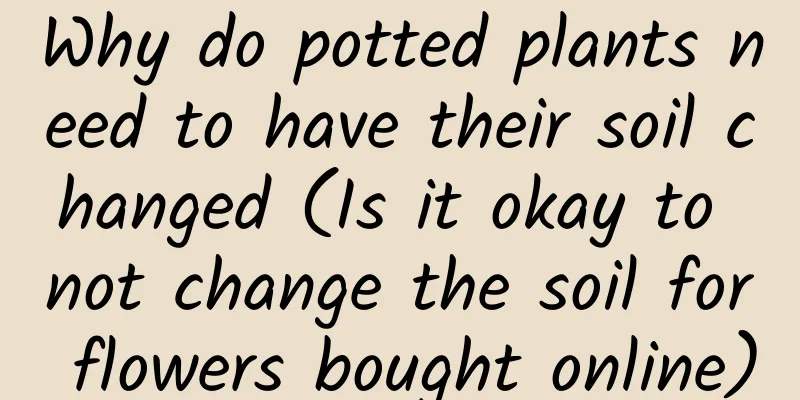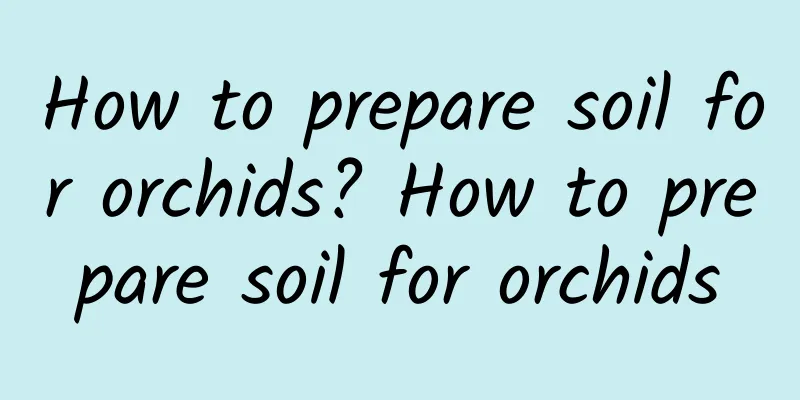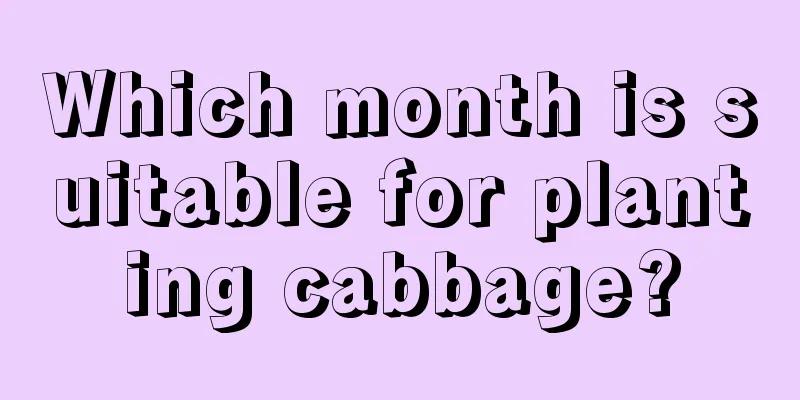Why do potted plants need to have their soil changed (Is it okay to not change the soil for flowers bought online)

|
After a period of cultivation, flower plants need to be repotted and the soil changed. To put it simply, the purpose of changing the soil is to improve the growth conditions of flowers so that they can grow better. Changing the soil can replenish nutrientsPlants need nutrients to grow, and the source of nutrients comes from the soil. The nutrients in the soil are limited, especially for potted plants, which only have a little bit of soil. Although we also supplement fertilizers in the later stage, most of the fertilizers we supplement are nitrogen, phosphorus and potassium. Other trace elements are generally not supplemented because they are already in the soil and plants have less demand for these trace elements. Nevertheless, after a long period of consumption, trace elements will be exhausted. In this case, we can replenish trace elements by changing the soil. Change the soil to ensure that it is loose and breathableAfter a long period of watering and fertilizing, the surface of the soil will gradually become hard and compacted. Compacted soil is not conducive to the growth of plants, and changing the soil can solve this problem well. After one to two years, the soil in the pot becomes compacted. It’s okay, we can just replace it with new soil. Changing the soil creates more space for flower rootsWhen you first plant flowers, the seedlings are relatively small and the flower pots are also small. After a period of growth, the roots grow a lot. The original space cannot meet the growth of the roots. At this time, you can solve the problem by changing the pot. When repotting, you can choose to remove the original soil or not. It is not recommended to remove too much of the original soil, generally one-third to half is enough. The newly added soil should be consistent with the original soil and should not be too different. Root rot and disease require soil replacementDuring the maintenance process, if improper maintenance causes water accumulation and root rot, or if the root system develops some diseases, the usual practice is to repot. When repotting, the original soil should also be removed because the original soil has been infected by bacteria. If it is not changed, the bacteria will continue to infect the plant. |
Recommend
Snow Swallow Tree Planting Conditions Where to Grow
Snow Swallow Tree Planting Conditions Snow martin...
How to deal with aloe vera leaves falling off
1. Water appropriately 1. Reason: Aloe vera is ve...
Common varieties of Verbena
Upright type Novalis series, plant height 20~25 c...
Is ginger flower poisonous? Can it be eaten?
Is ginger flower poisonous? In terms of medicinal...
Taboos on placing lilies
1. Living Room This is a plant with a particularl...
What are root vegetables?
1. Potatoes Potatoes are perennial herbaceous pla...
How to treat the trunk rot of the fortune tree
1. Resection If the trunk of the money tree is ro...
When and how to plant ornamental gourds: What is the best season to plant them?
Ornamental Gourd Planting Time Ornamental gourds ...
When is the best time to sow poppy seeds?
Poppy seed sowing time There are usually two sowi...
Can the lucky tree be repotted in summer? When is the best time to repot?
Can the lucky tree be repotted in summer? The luc...
Can the nectar of a bunch of red flowers be eaten?
1. Edible Salvia is not poisonous and its nectar ...
What to do if the leaf tips of Areca palm are dry and burnt
The air is too dry Areca palm prefers relatively ...
Where is the best place to plant Sophora japonica? Where is the best place to plant it at home?
Sophora japonica planting area Sophora japonica i...
Cactus fruit cultivation methods and precautions
1. Soil When cultivating cactus fruit, the first ...
The difference between honeysuckle and two flowers, honeysuckle pictures
1. The difference between honeysuckle and honeysu...









